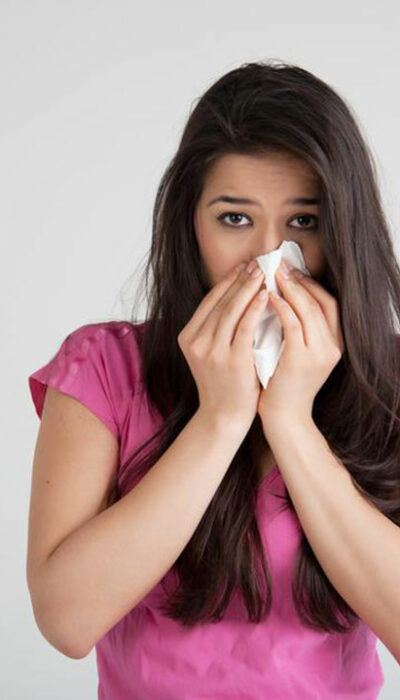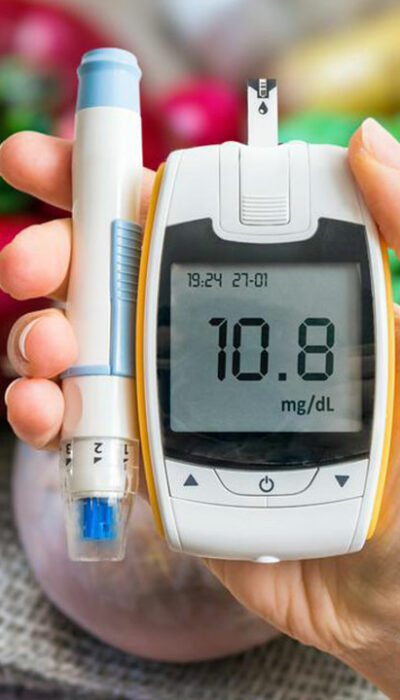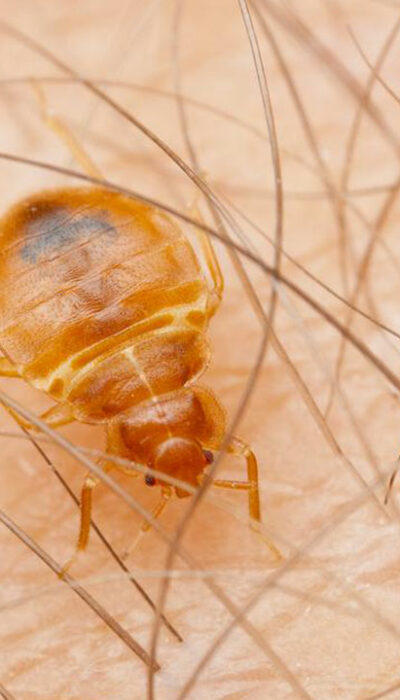
What Are Normal Blood Sugar Levels and How to Test Them
Treatment for diabetes aims to bring blood sugar level as close to normal range as possible. It is important to know what are normal blood sugar levels and if and how normal ranges of blood sugar can be attained by yourself. The information regarding the difference between “glucose” and “sugar” must be given first. Sugar is the general term used for sweet carbohydrates that can dissolve in water. Carbohydrate is characterized by the type of food that is made of oxygen, carbon, and hydrogen only. There are several types of sugars. Living beings use the sugar called “glucose.” Other sugars are fructose from fruit or lactose from milk, which we eat. These get converted in our bodies into glucose. Then the same is used for energy. Human bodies also break down starches into glucose. Starches are sugars fused together. When people ask what are normal blood sugar levels or what is blood glucose, they mean the same. In the US, blood sugar is usually reported in milligrams of glucose per deciliter of blood (mg/dl). Whereas in the UK and Canada, blood sugar is measured in millimoles/liter (mmol/L). What are normal blood sugar levels? Blood sugar levels vary throughout the day. Thus, the normal levels also vary accordingly. For those who do not have diabetes, they must have a fasting blood sugar level below 100 mg/dl, when they wake up in the morning. Normal sugars range from 70–99 mg/dl before meal time. Postprandial sugars, measured after two hours of lunch, should normally be less than 140 mg/dl. If you’re wondering what are normal blood sugar levels, these ranges are for those who do not have diabetes. For people who have diabetes, should keep their blood-sugar levels before meals between 80–130 mg/dl and after meals, the levels should be under 180 mg/dl as per the advice of the American Diabetes Association.










